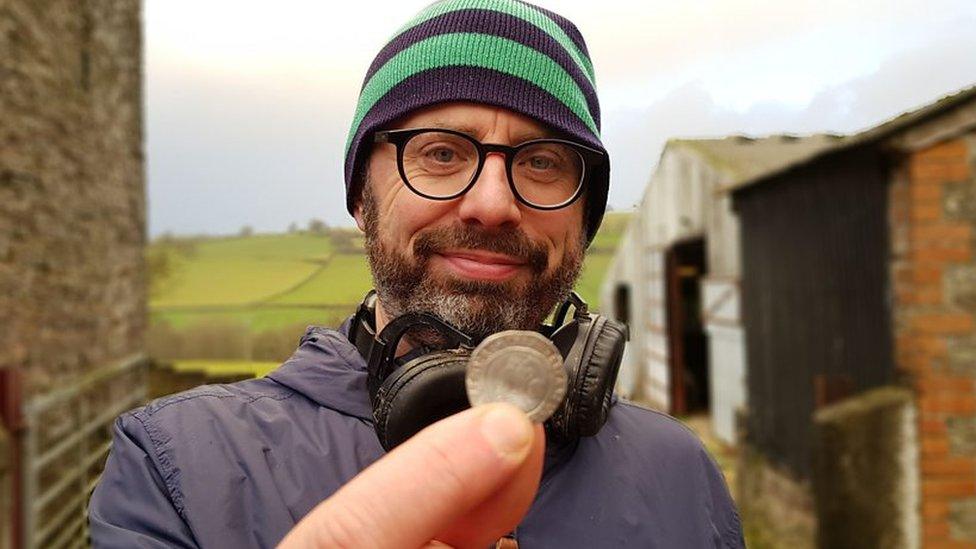Metal detectorists' Bronze Age finds declared treasure
- Published
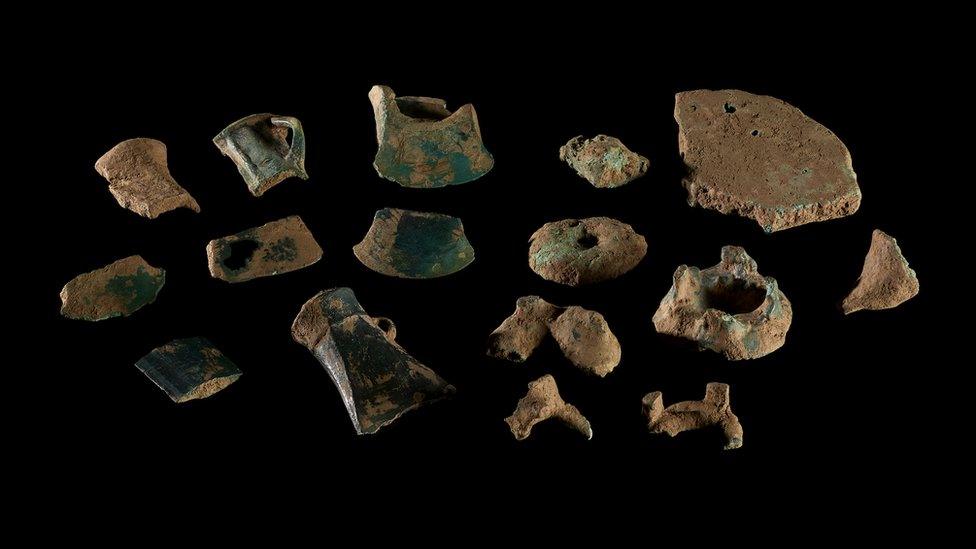
One of the two hoards of Bronze Age objects dates back to 1000-800 BC
Two hoards of bronze artefacts found by metal detectorists in Wales have officially been declared treasure.
One of the hoards was discovered in Monmouthshire in April 2019 and the other in Newport in March 2020.
The finds, including a sword blade fragment and socketed axes, are believed to be from the Late Bronze Age - 1000-800 BC.
National Museum Wales said they help to "learn more about areas of Wales where little was previously known".
Fragments from seven socketed axes, a sword blade fragment, six casting-jets and two ingots were found by Wayne Williams when detecting in a field in Grosmont, Monmouthshire.
Although the hoard may have been buried for safe-keeping, it is believed the artefacts were buried as a religious gift by a local bronze smith who was living and working nearby.
"This hoard from Grosmont community is so interesting because it shows just how precious every piece of bronze was," said Monmouthshire councillor Lisa Dymock.
"It's remarkable how these small fragments can help us tell more stories from Monmouthshire's past in our museums."
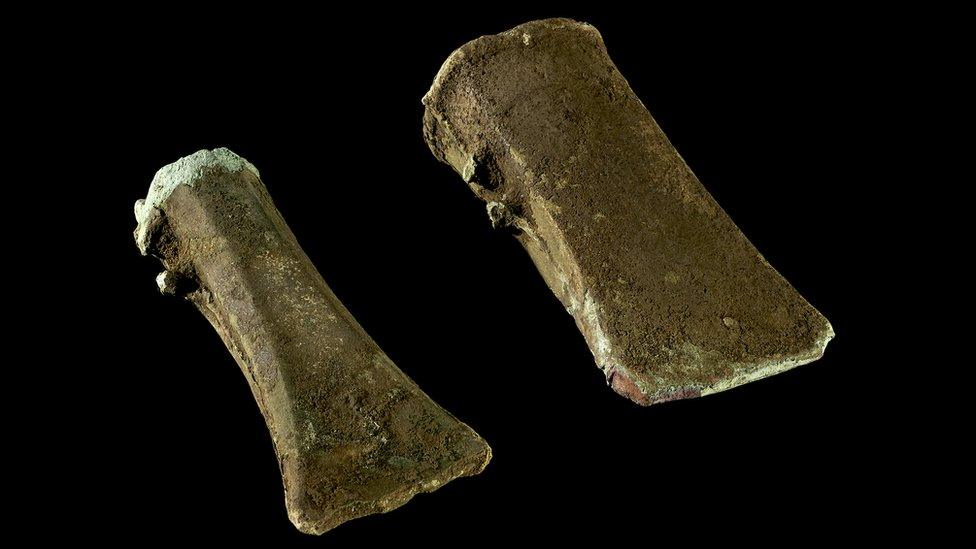
Newport Museum & Art Gallery hope to acquire the socketed axe hoard to add to its collection of Bronze Age finds
The second hoard was found by Ian Evans in a field in Michaelstone-y-Fedw, Newport.
The museum believes the small hoard of bronze socketed axes were buried almost 3,000 years ago by a nearby farmer.
Both hoards were declared treasure by Naomi Rees, Assistant Coroner for Gwent.
Between 30 and 60 treasure cases are reported in Wales every year as finds made by members of the public.
Each find adds important new knowledge and understanding of our pasts and a cultural resource of growing importance for Wales, the museum said.

SLAMMED: The story of Wales’ transformation from rugby rejects to rugby royalty
WONDERS OF THE CELTIC DEEP: Encounter mythical coasts and extraordinary creatures

- Published6 August 2021
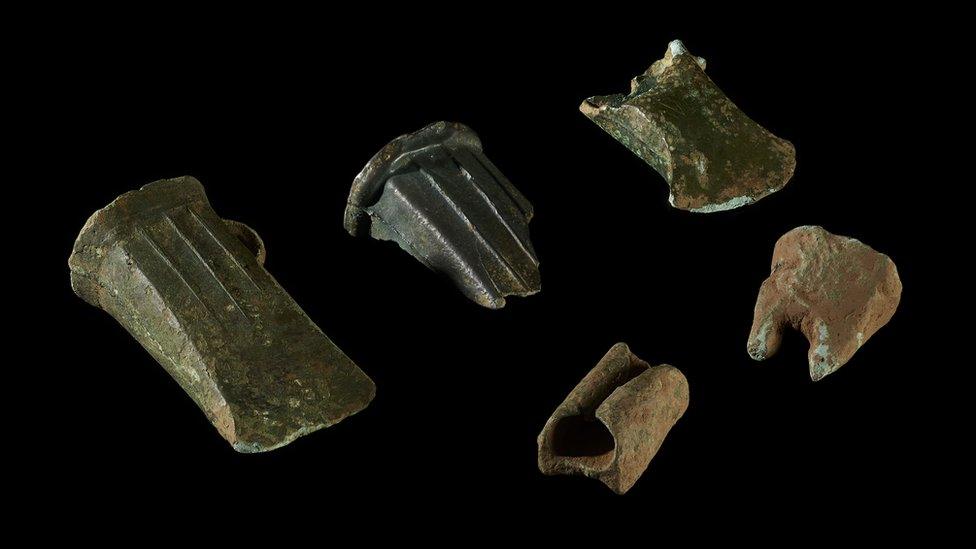
- Published29 March 2021
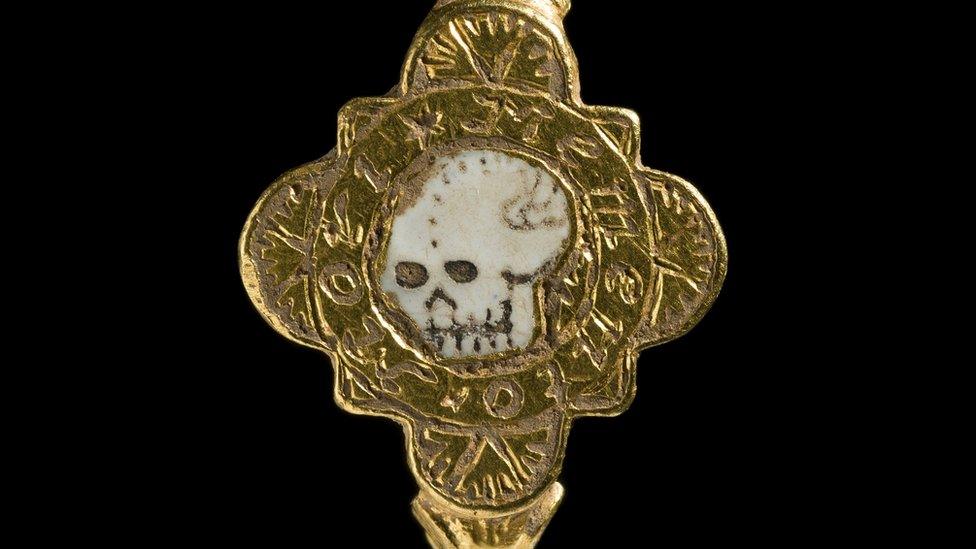
- Published2 January 2021
